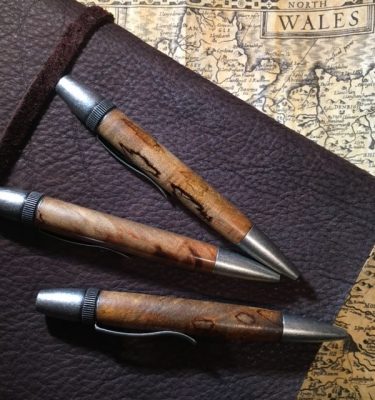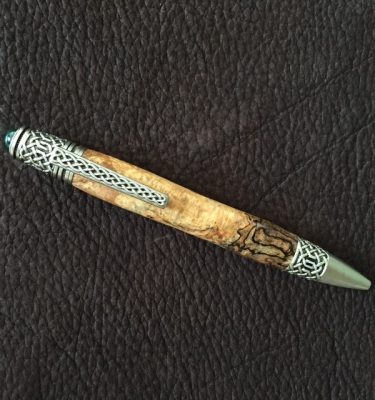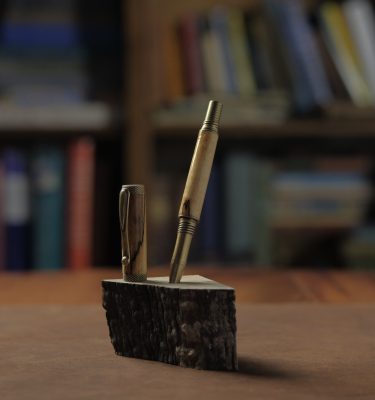On a hot August day in 1801 during the days affectionately known as brush arbor days, thousands gathered in an old growth forrest under giant elm, oak, hickory, and ash trees. Travelers came from far and wide driven by a great anticipation and lingering fires in their hearts that had been ignited months earlier at the Red River Meeting House some 200 hard miles away. When they saw the tall elms they knew that they were nearing holy ground. The elms reached higher than the rest of the forest and acted as welcoming landmarks for they could be seen from miles away. They were called preachers trees because they reached like steeples into the sky over the brush arbors that served as churches before church buildings were built.
The humble little piece of Kentucky frontier land hosted the thousands and thousands of voices shouting and singing their praises and it sounded like the roar of a mighty niagara rolling across the bluegrass hills. Countless circuit riders and numerous denominations were born out of the Cane Ridge Revival, and log churches alive with new life began to spring up all across the frontier.
 Select options This product has multiple variants. The options may be chosen on the product page
Select options This product has multiple variants. The options may be chosen on the product page Select options This product has multiple variants. The options may be chosen on the product page
Select options This product has multiple variants. The options may be chosen on the product page Select options This product has multiple variants. The options may be chosen on the product page
Select options This product has multiple variants. The options may be chosen on the product page Select options This product has multiple variants. The options may be chosen on the product page
Select options This product has multiple variants. The options may be chosen on the product page Select options This product has multiple variants. The options may be chosen on the product page
Select options This product has multiple variants. The options may be chosen on the product page Select options This product has multiple variants. The options may be chosen on the product page
Select options This product has multiple variants. The options may be chosen on the product page Select options This product has multiple variants. The options may be chosen on the product page
Select options This product has multiple variants. The options may be chosen on the product page

